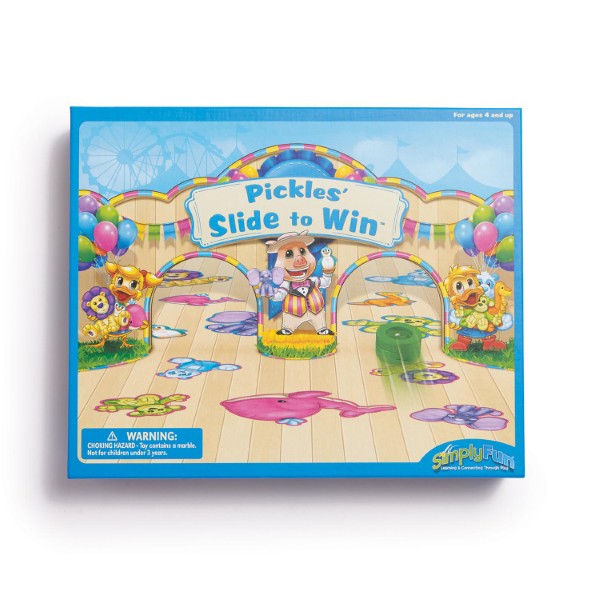
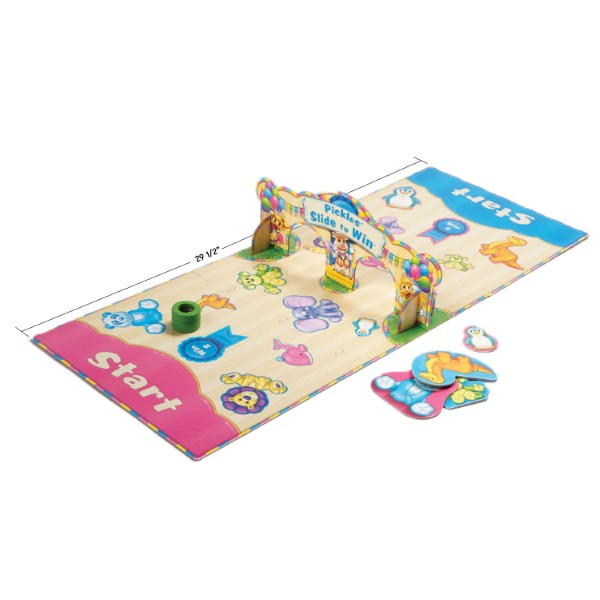
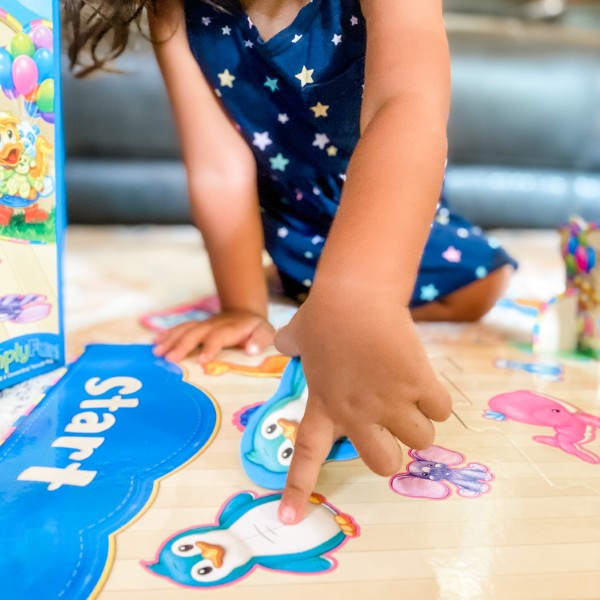
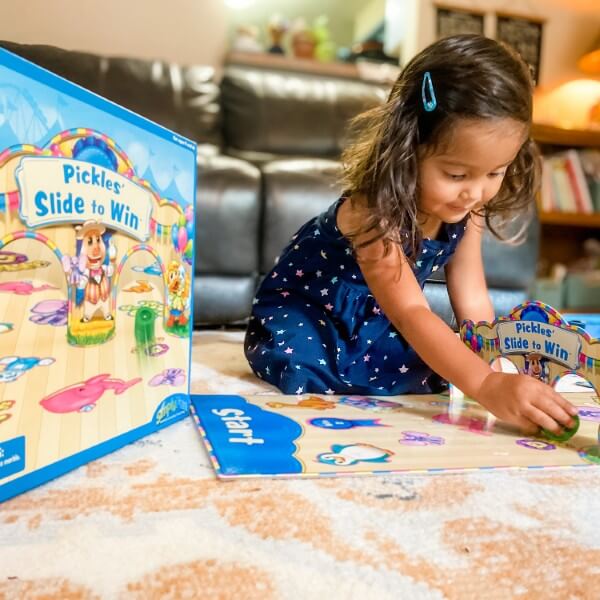
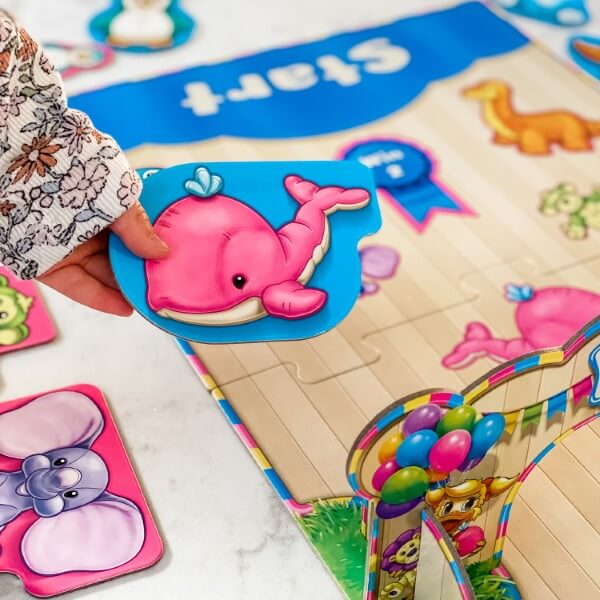
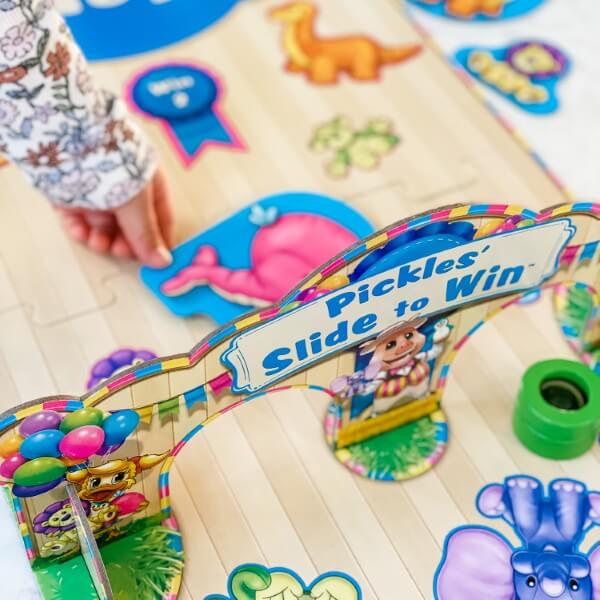

Collapsible content
Today we’ll take turns sliding our way to fun – and prizes! – with Simply Fun’s Pickles’ Slide to Win.
Pickles’ Slide to Win is a fun game for ages 4 and up, and can be played with 2 to 4 players.
Building early dexterity skills is important for everything from playing in instrument, to writing to sports. Also learning how speed and force are related to create motion is a great early physics concept for our little ones to learn. And of course game play allows our youngest players to learn some life skill lessons in how to take turns and to be patient.
Every Pickles’ Slide to Win game box contains:
One Pickles Slide to Win Tunnel with 2 Tunnel support pieces, 3 double-sided Slide to Win boards that show all the prizes players can win, One marble slider, for skillful sliding through the tunnel, and 14 adorable stuffed animal prizes in two border colors and sizes!
To set up the game, first lay out the Slide to Win boards. The boards are double sided, showing the same stuffed animals but in different arrangements, for variety of game play. For each game you can choose which side to play.
Now, assemble the boards, as shown, with the slots for the tunnel in the middle. Connect all three boards together, like a puzzle, creating one large board for game play.
Next, assemble the tunnel, as shown here:
• First, add the tunnel support pieces to the tunnel.
• Next, hold the tunnel upright and press the base, with the tunnel support pieces, into the slots in the middle of the Slide to Win board.
• Finally, separate the prizes by color – pink and blue, as shown – and place them near the Slide to Win boards.
Now you’re ready to play!
To begin the game, give the marble slider to the youngest player. He will start the game by pushing the marble slider from his start area – either pink or blue, as shown – through the tunnel and try to land on one of the stuffed animal prize images – or the blue ribbon – on the opposite side of the board.
Note that players on the pink side of the board can only win prizes with pink borders and players on the blue side, can only win blue prizes.
To push the marble slider, the player will set it anywhere within the start area and carefully push it forward so it goes through one of the two tunnels and lands on the other side of the board. It must stay flat on the board at all times, and the player must let go of the slider before it reaches the tunnel. No pushing it through the tunnel!
Each player gets two tries to make it through the tunnel on one turn. If the slider goes through the first time, that counts as the turn. If it doesn’t, there’s always a second chance. If it doesn’t make it through on the second try, the player’s turn is over and he passes the slider to the next player.
Once the slider has been released, and makes it through the tunnel, the player looks on the other side to see where it landed – and what prize he has won. If his slider landed on ANY part of a stuffed animal image, OR on the blue ribbon on the other side of the tunnel, he gets the appropriate prize.
Here is the tricky part, though: since it is more difficult to land on a small image than a big one, a player actually wins the OPPOSITE PRIZE size of the image he lands on.
For example, if the slider lands on the large lion, as shown here, the player wins the small lion prize. But, if the player lands on the small whale, he wins the BIG whale prize.
If a slider lands on two stuffed animal prizes at once, like this, the player may choose which prize he wants.
And if the slider lands on the blue ribbon image, which is pretty hard, the player may choose TWO prizes, as long the border colors match the color of the start area.
There may be times when NO prizes are won. This happens when:
1. the slider doesn’t go completely through the tunnel on either of two attempts,
2. the slider lands on an image with the wrong border color – say, blue, for example, when the start zone was pink – or,
3. the slider doesn’t land on any part of a stuffed animal image – or goes off the board – on the opposite side of the tunnel.
4. The slider lands on a token that has already been claimed.
A player’s turn is over when he has either:
• tried twice, and failed, to push the marble slider to the opposite side, or
• won a prize with a successful slide.
At the end of the turn, the player then nicely passes the slider to the next player and play continues.
If you’re playing with more than 2 players – on teams, for example – make sure everyone has a chance to push the slider.
The games ends when one player has collected 5 prizes. If players are older, they may choose to compete for more prizes to win, OR require players to land on the blue ribbon to win.
Slide your way to the prize, with Simply Fun’s Pickles’ Slide to Win!


Core Standard*: Science
- Science
- Students learn how to describe the position and motion of objects and the effects of forces on objects. Students start by describing the position of one object with respect to another object (e.g., in front, behind, above, and below) and then describe motion as a change in position. Forces are introduced as pushes and pulls that can change the motion of objects, and students learn through observation that various forces act through contact while others act from a distance (without touching the object). These basic concepts about forces and motion provide a foundation for learning to quantify motion in later years. : Grade Level K
- Physical Science – Force and Motion

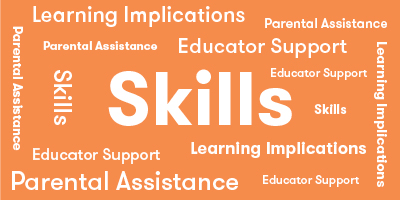
Explore
What Does Child Do To Use Skill In The Game?
Players explore the properties of force and directionality as they aim and push the Marble Slider.
How Parents Can Assist Learning
Pickles' Slide to Win is a good game for sensory motor exploration. With each push of the Slider Marble, children are learning how to apply force, the effects of different levels of force and how to control the direction of the Marble Slider.
Learning Implications and Educator Support
Pickles' Slide to Win is a good game for sensory motor exploration. With each push of the Slider Marble, children are learning how to apply force, the effects of different levels of force and how to control the direction of the Marble Slider.
Determine
What Does Child Do To Use Skill In The Game?
Players need to decide if the Marble Slider landed on a Stuffed Animal image. They also determine which Stuffed Animal image to pursue on each turn.
How Parents Can Assist Learning
If landing on a Stuffed Animal image is not obvious, encourage children to stand up and look directly over the Marble Slider to determine if it is on an image. If you notice a child is trying to land on a image that they have already won, encourage them to try to land on a different Stuffed Animal image.
Learning Implications and Educator Support
landing on a Stuffed Animal image is not obvious, encourage children to stand up and look directly over the Marble Slider to determine if it is on an image. If you notice a child is trying to land on a image that they have already won, encourage them to try to land on a different Stuffed Animal image.
Compare
What Does Child Do To Use Skill In The Game?
Players compare the image on the Slide to Win game board to the prize tiles in order to match for a win.
How Parents Can Assist Learning
While children will be able to easily compare and match, parents can enhance the play by asking open ended questions like, "What do you like best about this animal?", "Do you think this animal is bigger than a car when it grows up?" or "How many feet does this animal have?"
Learning Implications and Educator Support
While children will be able to easily compare and match, educators can enhance the learning value by asking open ended questions like, "What do you like best about this animal?", "Do you think this animal is bigger than a car when it grows up?" or "How many feet does this animal have?"
Plan
What Does Child Do To Use Skill In The Game?
Players silently plan where they Marble Slider will land when they aim and slide it towards a Stuffed Animal image.
How Parents Can Assist Learning
Parents can enhance the planning aspects of Pickles' Slide to Win by asking children to declare which Stuffed Animal they are trying to land on, and describe how their sliding technique will help them be successful.
Learning Implications and Educator Support
Pickles' Slide to Win is good for developing motor planning. Educators can enhance the planning aspects of the game by asking children to declare which Stuffed Animal they are trying to land on, and describe how their sliding technique will help them be successful.
Experiment
What Does Child Do To Use Skill In The Game?
Players may try different ways to aim and slide the Marble Slider in order to become more accurate.
How Parents Can Assist Learning
No special parent support required.
Learning Implications and Educator Support
No special parent support required.
Practice
What Does Child Do To Use Skill In The Game?
Players will improve their ability to land on the desired Stuffed Animal images the more they play Pickles' Slide to Win.
How Parents Can Assist Learning
If you notice children are not improving over time, show them other techniques for aiming and sliding.
Learning Implications and Educator Support
Pickles' Slide to Win is good for developing motor planning, dexterity and some gross motor skills using wrist and arm motion. If you notice children are not improving over time, show them other techniques for aiming and sliding.
*Data compiled from CCSSI ELA Standards, WA Science Standards, and Washington Social Studies Standards

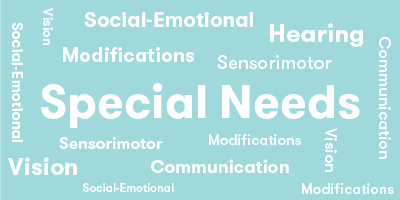
Cognitive
Suggestions for How to Modify Play Experience
This is a great game for any child. No cognitive skills other than color matching and aiming a marble is needed.
Let children take the Animal Prizes after each turn, but then return them to the Prize areas. This allows children to win the same animal more than once. Keep track of how many prizes each player wins. The first player to get to 10 wins. This modification allows children who don't understand aiming the slider to still acquire points, even if they hit the same target every time.
Eliminate tunnels if the child has difficulty understanding how to aim at a target.
Communication
Suggestions for How to Modify Play Experience
Discuss the amount of force the child used and how they aimed. For example, "You pushed really gently." This models use of vocabulary and language structure.
Encourage children to say what animal they are aiming for before they take their turn. This will stimulate naming the animals. Adults can also encourage the child to describe the animal (big, little) or say something about it (that animal likes bananas.)
If the child has difficulty finding the right words to use when communicating, use choice questions. For example, "Did you push hard or soft?" or "Did you hit the lion or monkey?"
Sensorimotor
Suggestions for How to Modify Play Experience
If the child has difficulty with aiming the slider, eliminate the tunnels.
The marble slider is easy to manipulate. However, if grasp and release is difficult, allow the child to use an assistive tool, such as a block. The child can then push the slider with the tool while not having to release the tool.
Social Emotional/Behavioral
Suggestions for How to Modify Play Experience
Allow children two tries to hit a target, so children with low frustration tolerance will have a second chance if the first effort fails.
Children with impulsivity may not take the time to aim and moderate the force on the slider. Remind the child to take time to aim and think about where they want the slider to go and how much force will be needed to hit the goal.
Some children who have emotional concerns have difficulty recognizing and labeling emotions. Discuss feelings when the child is successful or misses a target. Model words to describe feelings, such as excited, disappointed, frustrated, etc.
Vision
Suggestions for How to Modify Play Experience
Children with vision issues may have difficulty with seeing and aiming at animals through the arches. Eliminate the tunnels if this is an issue.
Hearing
Suggestions for How to Modify Play Experience
Hearing loss should not be an issue.
*Data compiled from CCSSI ELA Standards, WA Science Standards, and Washington Social Studies Standards

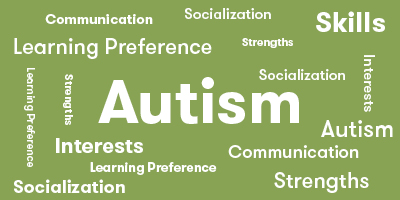
Autism Strengths & Interests
Short Summary of Strengths & Interests
- Likes fine motor and sensory play.
- Has good spatial reasoning skills.
- Can match pictures.
Is good at matching visual items
Is This Game Appropriate? Yes
Description
Pickles Slide to Win lets players shoot the slider toward an animal target, then find the matching stuffed animal if they are successful.
Has a good memory for words, phrases and dialouge
This game is not appropriate
Has a good memory for pictures, numbers and patterns
This game is not appropriate
Likes to put things in order or a sequence
This game is not appropriate
Learns through visualizing or "replaying" actions in their mind
This game is not appropriate
Likes activities with rules, such as math and phonics
Is This Game Appropriate? Yes
Description
Children can learn how to aim and use varying amounts of force to hit a target. They use visual and motor memory to help them as they practice.
Is very concrete and literal
This game is not appropriate
Learns in small "chunks" (for example, phone numbers are 3 chunks of number xxx-xxx-xxxx that are combined together)
Is This Game Appropriate? Yes
Description
Pickles Slide to Win is a fun game for any child who likes manipulating objects to try to hit a target. Players need to slide the marble through an arch to try to hit a small or large animal target. Players who touch or land on a target win a match.
Is good at nonverbal reasoning and logic
This game is not appropriate
Likes spatial problem solving
This game is not appropriate
Can read well with good vocabulary, though may not fully comprehend content
Is This Game Appropriate? Yes
Description
Players need to judge distances and amount of force to use when using the Slider in order to hit their animal target.
Likes to use and has good fine motor skill
This game is not appropriate
Likes established routines or set ways of doing things
Is This Game Appropriate? Yes
Description
The required fine motor skills involve holding, pushing and releasing a marble Slider with accuracy in order to hit the animal target in Pickles Slide to Win.
Likes manipulating, constructing or building things
Is This Game Appropriate? Yes
Description
The game is played the same way with each turn.
Likes to use and has good musical abilities
This game is not appropriate
Likes to use and has good drawing skills
This game is not appropriate
Autism Special Considerations
Appears to ignore other's communication and/or has difficulty giving eye contact to a communication partner
Is This Game Appropriate for Child with Characteristic? Yes
Can Child with Characteristic Play Game w/o Modification?
Strategies for Developing Compensatory Skills:
Pickles' Slide to Win does not need communication or eye contact to play.Players concentrate on the slider and the tunnel to play the game successfully.
Has difficulty understanding complex verbal directions
Is This Game Appropriate for Child with Characteristic? Yes
Can Child with Characteristic Play Game w/o Modification?
Strategies for Developing Compensatory Skills:
The directions for Pickles' Slide to Win are simple and concrete.
Uses vocabulary inaccurately or demonstrates echolalia (repeating another's speech)
Is This Game Appropriate for Child with Characteristic? Yes
Can Child with Characteristic Play Game w/o Modification?
Strategies for Developing Compensatory Skills:
This game does not require communication, though commenting on turns and outcomes should be encouraged. If the child is echolalic, comment on play during each turn so the child's echolalic comments may be relevant to action.
Gets stuck repeating a verbal topic or physical actions and/or has difficulty attending to others' actions or topic.
Is This Game Appropriate for Child with Characteristic? Yes
Can Child with Characteristic Play Game w/o Modification?
Strategies for Developing Compensatory Skills:
If the child has repetitive actions unrelated to the game, give the child a "fidget toy" or provide a desired action or toy between toys. This is a movement game, but this may stimulate children to need to move more.Allow an exercise break between turns if needed.
Has difficulty producing speech/communication
Is This Game Appropriate for Child with Characteristic? Yes
Can Child with Characteristic Play Game w/o Modification?
Strategies for Developing Compensatory Skills:
No communication is needed, but can be encouraged.Name the animals that are targets or are won by the players.
Has difficulty sequencing multi-step actions and/or doing complex abstract tasks
Is This Game Appropriate for Child with Characteristic? Yes
Can Child with Characteristic Play Game w/o Modification? Yes
Strategies for Developing Compensatory Skills:
Each turn in Pickles' Side to Win allows two opportunities to push the marble slider through a tunnel to an animal target. The simple one-step action is easy to remember and practice.
Demonstrates difficulty initiating and maintaining social interactions
Is This Game Appropriate for Child with Characteristic? Yes
Can Child with Characteristic Play Game w/o Modification? Yes
Strategies for Developing Compensatory Skills:
This is a two-person game that can help children learn turn-taking skills.The actions in a turn are motivating, so the child will want to repeat them again. Tell the child, "Wait and watch. Then your turn." Reinforce waiting for a turn with a comment, hug, or other specific reinforcer the child likes.
Acts out or demonstrates avoidance behaviors when frustrated, overwhelmed, or needs more sensory input.
Is This Game Appropriate for Child with Characteristic? Yes
Can Child with Characteristic Play Game w/o Modification? Yes
Strategies for Developing Compensatory Skills:
The game is easy so the child can be successful.If the tunnels are too difficult for the child to shoot through, remove them until he builds aiming skills.
Has short attention span for non-preferred activities
Is This Game Appropriate for Child with Characteristic? Yes
Can Child with Characteristic Play Game w/o Modification? No
Strategies for Developing Compensatory Skills:
Most children will like the actions in this game. If the child does not like fine motor activities, however, playing without the tunnels may encourage the child to just get into making the sliding movement. Add the tunnels in as the child begins to enjoy the movement.
Needs sameness or consistent routines and/or has difficulty with transitions from one activity to another
Is This Game Appropriate for Child with Characteristic? Yes
Can Child with Characteristic Play Game w/o Modification? Yes
Strategies for Developing Compensatory Skills:
Pickles' Slide to Win is consistent. Actions don't change within a turn.Use the child's favorite animal tile to transition the child to the game.
Has difficulty understanding others' feelings, intentions, and the reasons for others' actions.
Is This Game Appropriate for Child with Characteristic? Yes
Can Child with Characteristic Play Game w/o Modification? Yes
Strategies for Developing Compensatory Skills:
Although the child does not have to pay attention to the other player's actions or feelings, the game provides an opportunity for the persons playing with the child to demonstrate excitement, frustration, determination, sadness, worry, etc. Model and exaggerate these emotions and talk about each player's feelings during each turn.Also, comment on actions to draw the child's attention to what is happening.
*Data compiled from CCSSI ELA Standards, WA Science Standards, and Washington Social Studies Standards

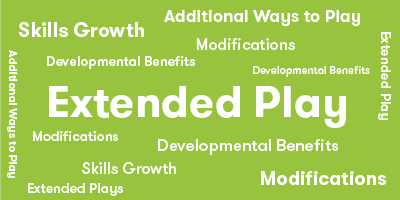
Extra Ways to Play the Game
Use a spoon rather than hand to push the slider.
Materials Needed
A spoon
Developmental Benefits
Using a spoon to direct the slider adds an element of challenge to the game. Players need to take into consideration how the curve of the spoon and spoon's handle changes the direction of the aim.
Extra Ways to Play the Game
Change the scoring game so that landing on a small animal is worth 2 points and landing on a big animal is worth 1 point. The first player to 10 points wins.
Materials Needed
No additional materials needed.
Developmental Benefits
Adding a scoring component adds a simple mathematical aspect to the game, encouraging players to "add on" by one's and two's. It also adds a new element of strategy as players make risk and reward choices to target larger animals with lower point value or smaller animals with higher values.
*Data compiled from CCSSI ELA Standards, WA Science Standards, and Washington Social Studies Standards
Game Details
- 14 Stuffed Animal Prizes
- 3 Slide to Win Boards (double sided)
- 2 Tunnel Support Pieces
- 1 Tunnel
- 1 Marble Slider
- 1 Rules Booklet
- Choosing a selection results in a full page refresh.
- Opens in a new window.









